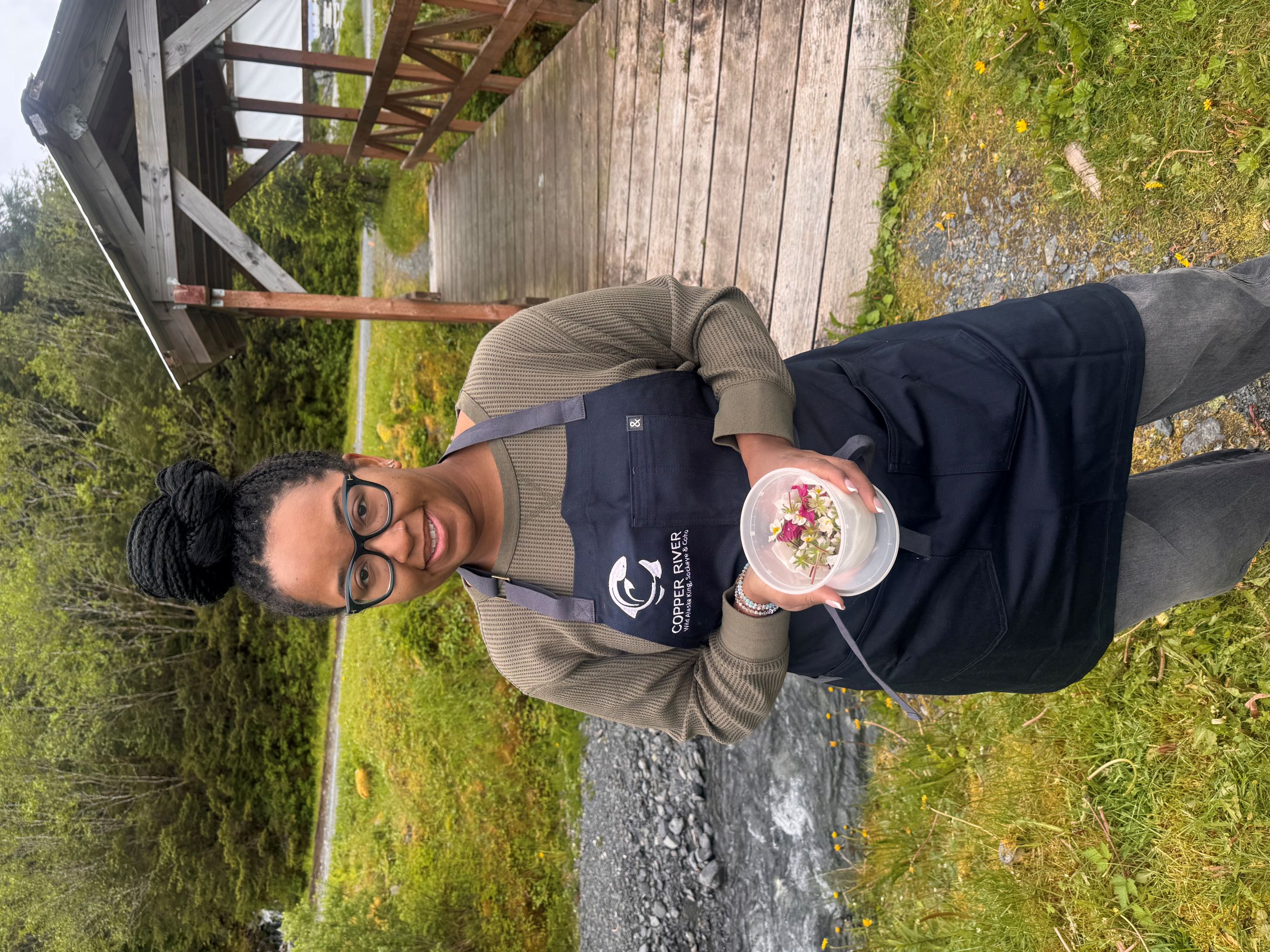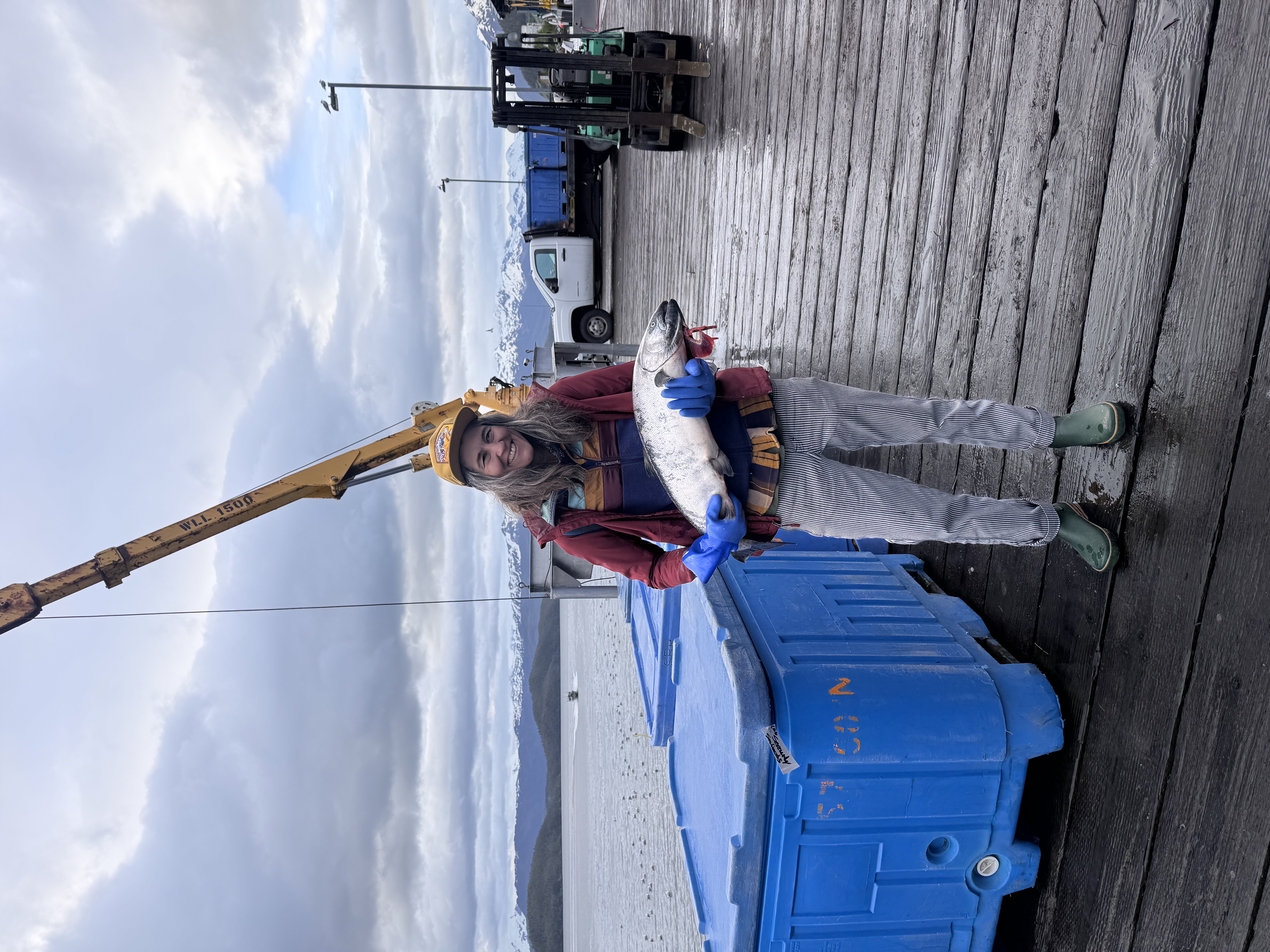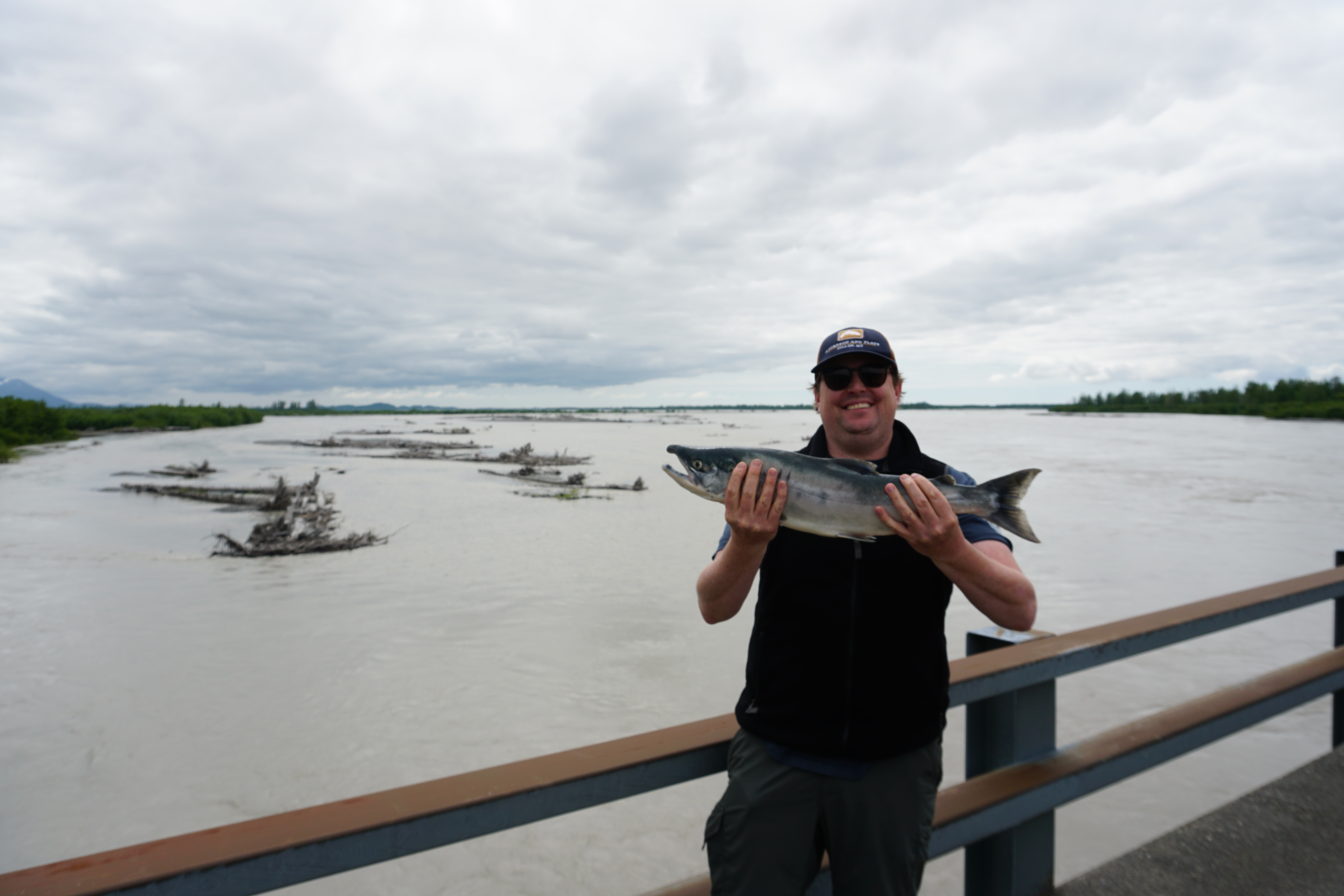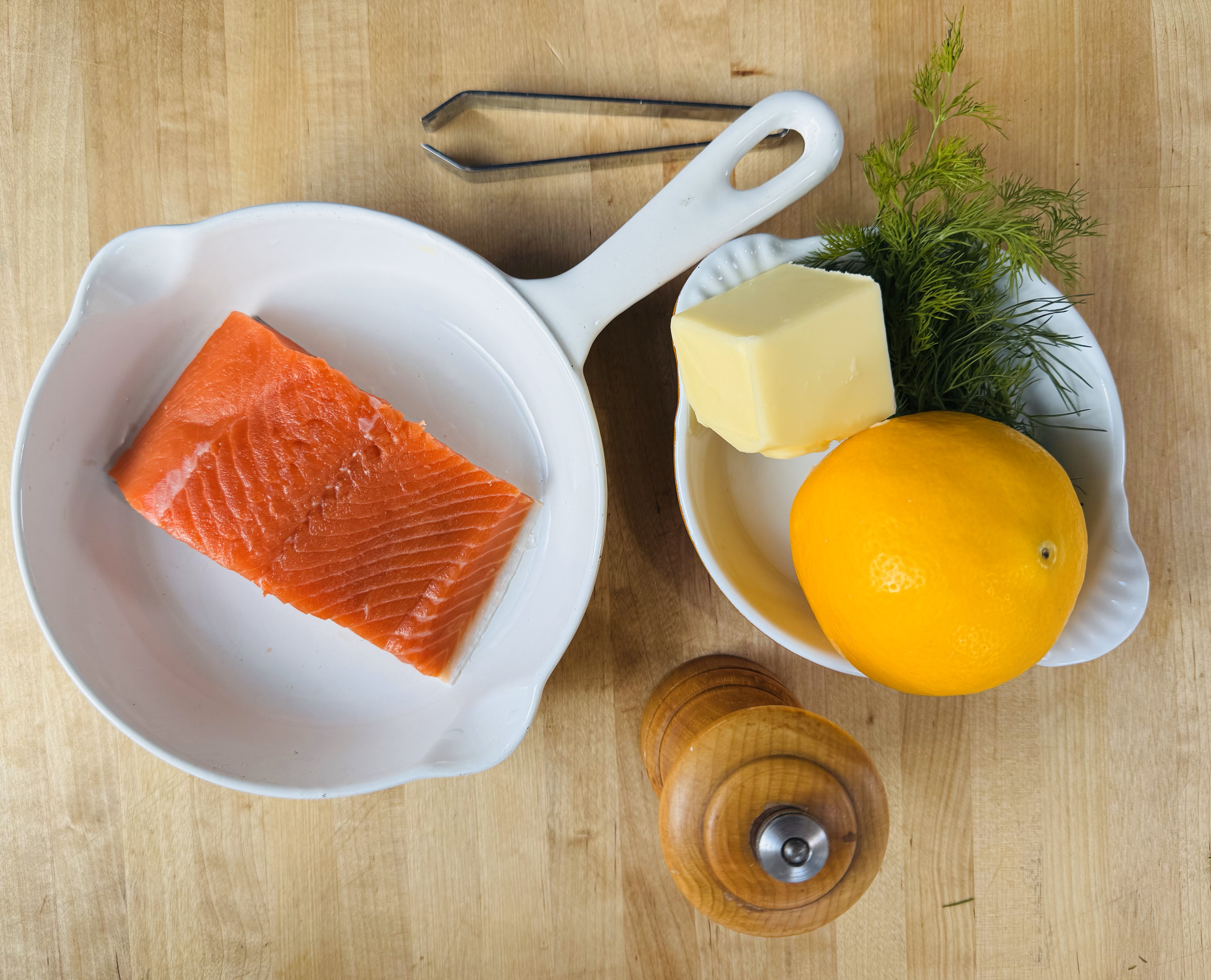By using our website, you agree to the use of cookies as described in our Cookie Policy
The Anatomy of a Bowpicker

Rising out of the Copper Glacier in the untouched wilderness of southcentral Alaska, the Copper River Delta is one of the last intact watersheds in the world - turbid glacial water flows through the majestic Wrangell and Chugach Mountains to the central coast where it empties into the Gulf of Alaska. The mouth of the river is guarded by prominent sandbars, with ever shifting entrances on the ebb and flow of the tides. Our wild Alaska salmon fishery is located in the salt water where the river meets the sea. That is where we sustainably harvest the world's finest salmon.
As with most professions, commercial fishermen require highly specialized equipment to safely, skillfully, and efficiently do their job. The foundational piece of equipment is their boat, or their fishing vessel. The boats in use for the Copper River and Prince William Sound salmon gillnet fisheries are somewhat distinct to this region. The most common configuration in use here is the “bowpicker”. Their specific design is predominantly used in this regional salmon fishery. These vessels are typically around 30’ x 13’ and are oftentimes the largest business investment for a fisherman.
The anatomy of a bowpicker, the commercial Copper River fisherman's vessel of choice.
Bow: Front of the boat.
Stern: Rear of the boat.
Port: Left side of the boat.
Starboard: Right side of the boat.

Power Roller: Located on the very bow of the vessel, the power roller lends muscle to many steps of the operation. Its main functions assist in setting out the net, keeping the lead line (bottom of the net) tight and engaging the hydraulics to help reel in the net.

Helm: A secondary fully functional steering station on the deck of the boat that controls the throttle, forward & reverse of the bucket, steering and power roller. These controls engage the power roller to haul the net in and set it back out.

Net Reel: The net reel is affixed toward the bow. It is a large, aluminum, hydraulically operated reel that stores the net when not in use. When in use, the net is spooled off or back onto it over the power roller. The act of setting the net into the water and picking it back up again using the power roller and net reel via the bow of the vessel is where the name “bowpicker” comes from. Fishermen engage the hydraulics with a foot operated lever to reel in the net, picking salmon from the net as it easily winds back onto the net reel.

Fish Hold: Insulated compartments in the hull of the boat to store the catch until off load. They are lined with brailer bags to easily unload harvested salmon. They can be filled with refrigerated seawater, ice, and slush ice to quickly chill the harvested salmon. Slush ice is a mixture of flake ice and seawater that allow the fish to be rapidly chilled and float to eliminate bruising. Immediate chilling and soft handing is crucial to our fleet’s promise of superior and consistent quality.

The Cabin: Typical cabins house the inside steering station, electrical instruments and navigational aids such as a fish finder, depth finder, radar, GPS plotter (great for saving fishy spots and invisible routes through the seas). The cabin also includes some comforts of home including bunks, a small galley with sink, stove and limited storage, a compact table and settee. Newer boats may even have an enclosed lavatory, called a “head”.

Power and Propulsion: Boats in our fleet are propelled by either jets or outdrives (with propellers) located at the rear of the boat. Jets are preferred to outdrives for many fishermen due to their ability to allow the boat to run at high velocity in shallow waters, at times even just inches of water. This advantage allows our fishermen to go into extremely shallow waters on the inside of sandbars flanking the opening of the Copper River as well as run in deep open ocean waters. Both gas and diesel engines are used and boats can have a single engine or twin engines. The engines are housed below the cabin in a compact engine room.

The design of these boats, like our artisan craft, have been handed down through the generations. As technology advances so does the design, functionality, and safety of our most important tool, our boats. From open skiffs without chilling and safety features to state-of-the-art twin diesel jet boats built for safety and quality, we’ve come a long way to bring you the World’s Finest Salmon.
‹ Back







